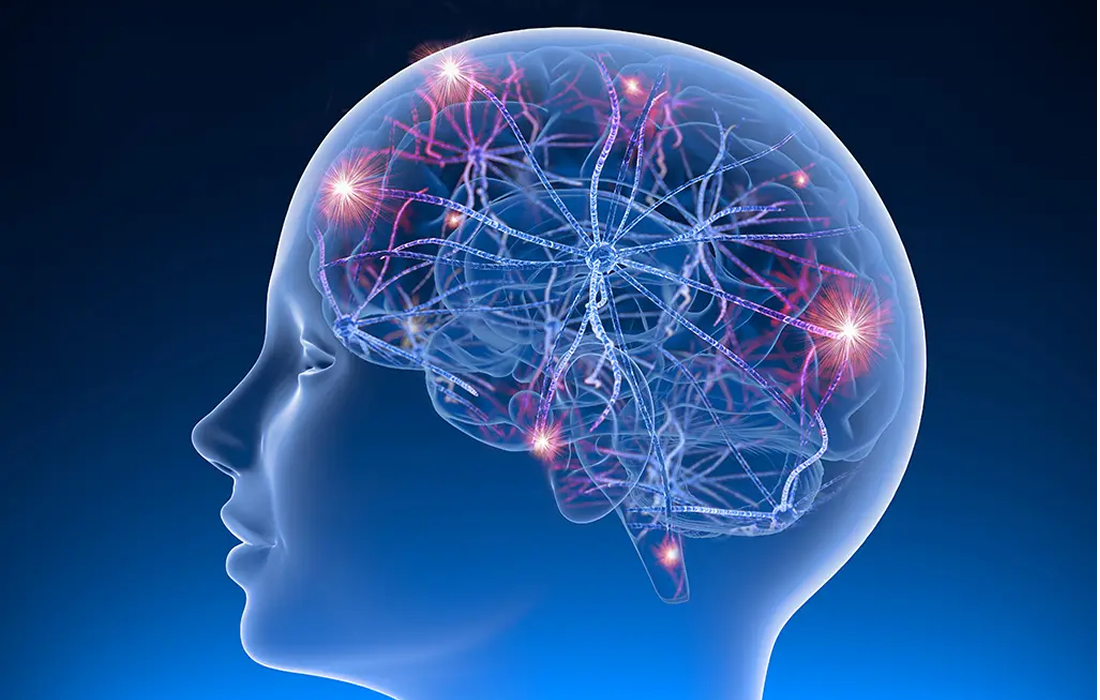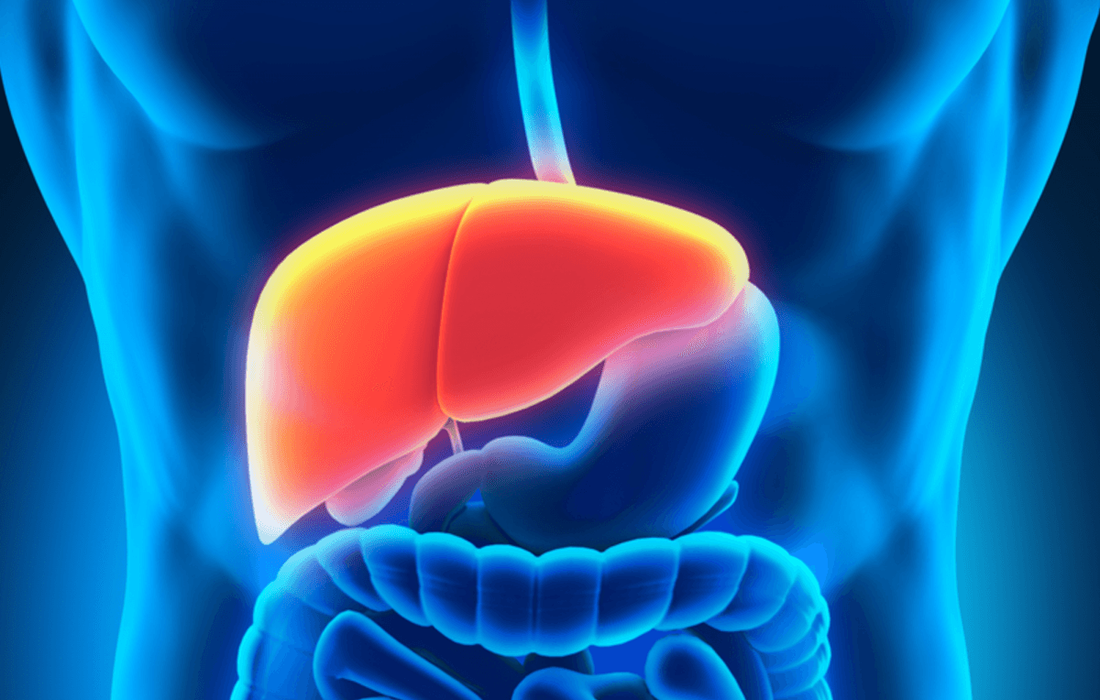Central neurofibromatosis, or neurofibromatosis type 2 (NF2), is a multisystem genetic disorder associated with bilateral vestibular schwannomas, spinal cord schwannomas, meningiomas, gliomas, and juvenile cataracts, with a paucity of cutaneous features. Schwannomas, most frequently grow on the nerves that bring hearing and balance information into the brain. Neurofibromatosis type 2 (NF2) is inherited as an […]
Author Archives: Gabriel Piña, MD
Tomatoes are of interest as one such specific food because they are a common source of nutrients for many around the world. They are the second most commonly consumed vegetable and are an important specialty crop across the United States. Over 12 million metric tons of tomatoes are produced in the United States each year, […]
Major depressive disorder affects approximately 10% of the general population in the United Kingdom, impairs patients’ lives, and is costly to society. Selective serotonin-reuptake inhibitors are first-line treatments for major depressive disorder; however, these drugs take several weeks to work and, in some patients, do not induce a response. Escitalopram, a selective serotonin-reuptake inhibitor, is […]
Motivation facilitates overcoming the cost of effortful actions to attain desired outcomes and is key to achievement and well-being. Importantly, there are substantial differences in motivated behavior among healthy individuals, manifested as variations in the engagement in effortful activities and in differences in brain activity. Motivational deficits – such as apathy, anhedonia, or anergia- are […]
Many brain diseases, such as epilepsy, are caused by excessive activity of a small number of brain cells. These conditions often don’t respond well to drug treatment, mainly because drugs affect the whole brain. Whilst genetic therapies could be a promising way to treat these conditions, current methods do not distinguish between overactive and normal […]
Dementia is considered a major neurocognitive disorder, in which a deficit in cognitive functioning is acquired rather than developmental. Dementia is most common in elderly individuals, with advancing age being the strongest risk factor. There are many types of this condition such as Alzheimer Dementia (AD) and Vascular Dementia (VD) , among others of all-cause […]
Chronic wounds, defined as wounds that present with delayed healing, are considered to be a serious problem worldwide and are responsible for significant morbidity and mortality, and also have a huge economic impact. A great problem with these lesions is the colonization of bacteria and tha infection caused by. In general, chronic wounds are colonized […]
Mesenchymal stem cells (MSCs) therapy is showing potential therapeutic effects on liver function improvement in patients with chronic liver disease and acute chronic liver disease (ACLD). These diseases are mainly caused by alcoholic cirrhosis , high fat blood levels, autoimmune disease or a viral infection, among others. Clinical studies have found that allogeneic BM-MSCs are […]
Pre-pregnancy obesity is associated with an increased risk of infection and aberrant inflammatory responses in the offspring, but the underlying mechanisms remain largely unknown. In particular, very little is known about the effect of a Western-style diet on fetal hematopoiesis — the formation of blood cellular components, in animal models that resemble human development. During […]
Acne vulgaris is characterized by noninflammatory, open or closed comedones and by inflammatory papules, pustules, and nodules. Acne vulgaris typically affects the areas of skin with the densest population of sebaceous follicles; these areas include the face, the upper part of the chest, and the back. Acne vulgaris is the most common skin disease in […]










